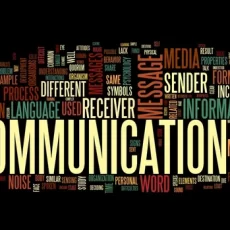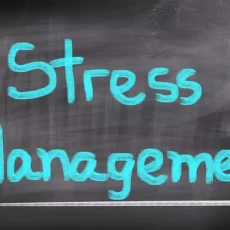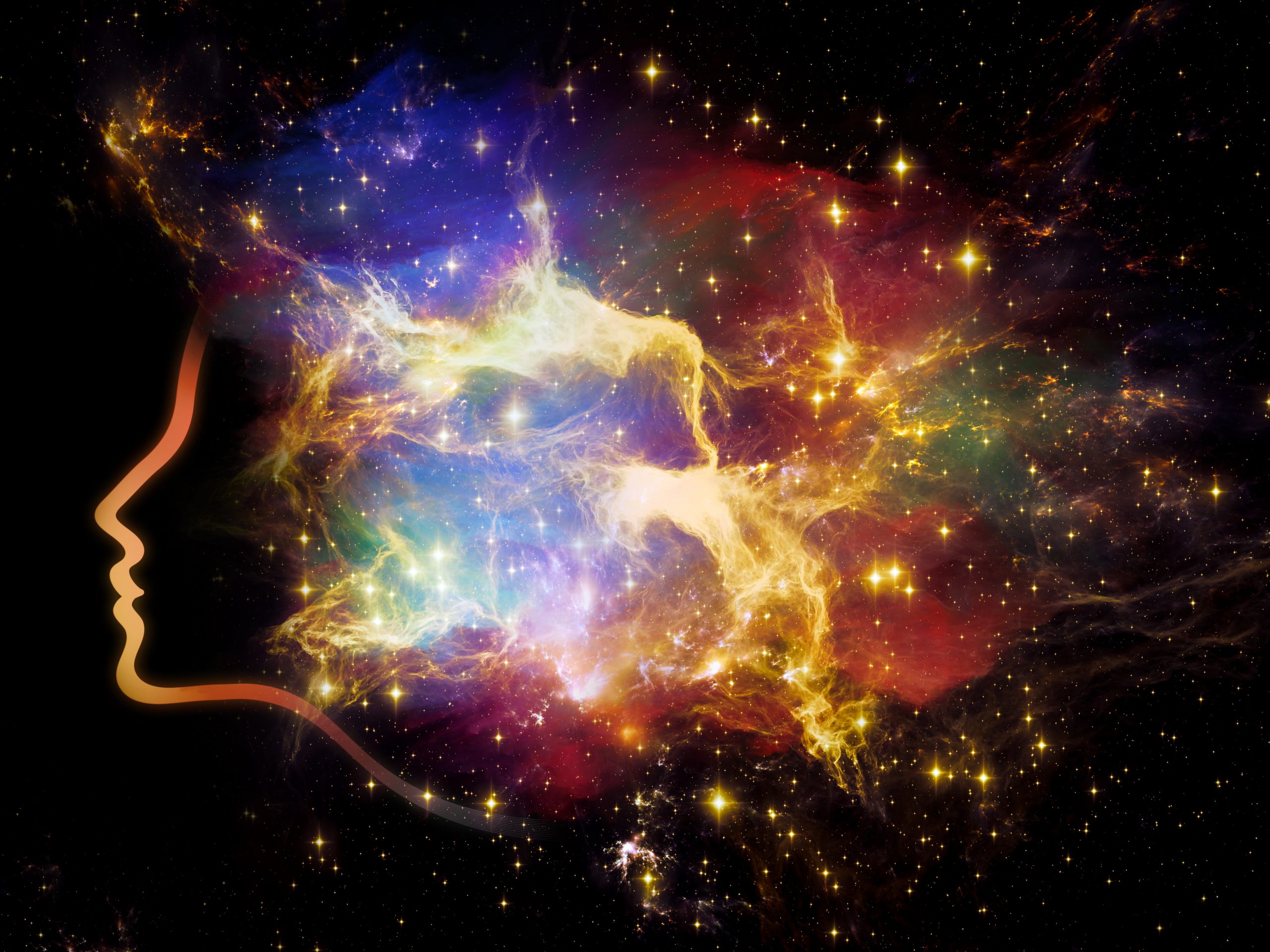What is a documentary? Webster’s dictionary defines documentary as “consisting of documents: written down.” After a better Google search, Wikipedia defines a documentary as “a nonfictional motion picture intended to document some aspects of reality, primarily for the purposes of instruction,education or maintaining a historical record.”
Some of the interesting styles in which documentaries reproduce the reality has been highlighted by Bill Nichols in his text Introduction to Documentary (1991) wherein he has categorised the field of documentary making into six divisions, on the basis of how each one of them captures reality and presents it onto the screen. These are-
1. Expository documentaries speak directly to the viewer, often in the form of an authoritative commentary employing voiceover or titles, proposing a strong argument and point of view. These films are rhetorical, and try to persuade the viewer. (They may use a rich and sonorous male voice.) The (voice-of-God) commentary often sounds ‘objective’ and omniscient. Images are often not paramount; they exist to advance the argument. The rhetoric insistently presses upon us to read the images in a certain fashion. Historical documentaries in this mode deliver an unproblematic and ‘objective’ account and interpretation of past events.
2. Observational documentaries attempt to simply and spontaneously observe lived life with a minimum of intervention. Filmmakers who worked in this sub-genre often saw the poetic mode as too abstract and the expository mode as too didactic. The first observational docs date back to the 1960’s; the technological developments which made them possible include mobile lightweight cameras and portable sound recording equipment for synchronized sound.T he films aimed for immediacy, intimacy, and revelation of individual human character in ordinary life situations.
3. Participatory documentaries believe that it is impossible for the act of filmmaking to not influence or alter the events being filmed. What these films do is emulate the approach of the anthropologist: participant-observation. Not only is the filmmaker part of the film, we also get a sense of how situations in the film are affected or altered by her presence. Nichols: “The filmmaker steps out from behind the cloak of voice-over commentary, steps away from poetic meditation, steps down from a fly-on-the-wall perch, and becomes a social actor (almost) like any other. (Almost like any other because the filmmaker retains the camera, and with it, a certain degree of potential power and control over events.)” The encounter between filmmaker and subject becomes a critical element of the film. Rouch and Morin named the approach cinéma vérité, translating Dziga Vertov’s kinopravda into French; the “truth” refers to the truth of the encounter rather than some absolute truth.
4. Reflexive documentaries don’t see themselves as a transparent window on the world; instead they draw attention to their own constructedness, and the fact that they are representations. How does the world get represented by documentary films? This question is central to this sub-genre of films. They prompt us to “question the authenticity of documentary in general.” It is the most self-conscious of all the modes, and is highly skeptical of ‘realism.’ It may use Brechtian alienation strategies to jar us, in order to ‘defamiliarize’ what we are seeing and how we are seeing it.
5. Poetic documentaries, which first appeared in the 1920’s, were a sort of reaction against both the content and the rapidly crystallizing grammar of the early fiction film. The poetic mode moved away from continuity editing and instead organized images of the material world by means of associations and patterns, both in terms of time and space. Well-rounded characters—’life-like people’—were absent; instead, people appeared in these films as entities, just like any other, that are found in the material world. The films were fragmentary, impressionistic, lyrical. Their disruption of the coherence of time and space—a coherence favored by the fiction films of the day—can also be seen as an element of the modernist counter-model of cinematic narrative. The ‘real world’—Nichols calls it the “historical world”—was broken up into fragments and aesthetically reconstituted using film form.
6. Performative documentaries stress subjective experience and emotional response to the world. They are strongly personal, unconventional, perhaps poetic and/or experimental, and might include hypothetical enactments of events designed to make us experience what it might
It would be correct to say that documentaries are among the most valuable, neglected cultural forms of our time. They aren’t all good but the best are unusual, persuasive, seductive. And their success has something to do with the way they are taken for granted, casually watched. Few old things have flourished in the cultural chaos of this century, but docs have steadily consolidated their hold on a small portion of the contemporary consciousness and would continue to do so in the coming future.





